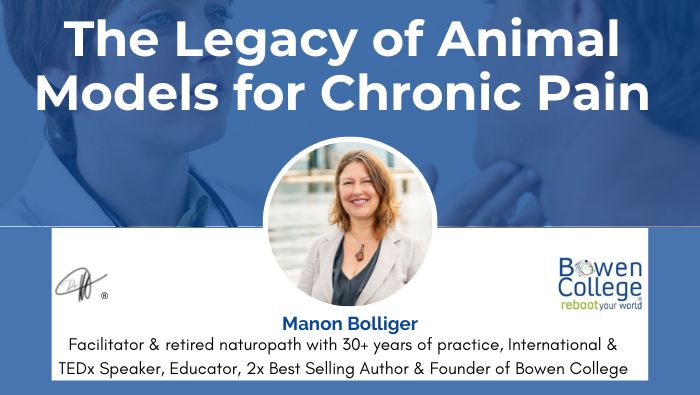Animal models for chronic pain are insufficient, despite pioneering work in the late ‘70s to mid-80s. These models have at least confirmed that chronic pain states are biological entities and not just patients’ imagination. Also, they allow for a mechanistic study of pathophysiology, a fantastic boon to understanding the peripheral and spinal cord mechanisms underlying various types of chronic pain. Where these models fail, however, is in many clinical conditions where the actual correspondence between the purported model and the clinical manifestation remains to be directly tested.
Korff et al. conclude: “We are often unsure if these models are providing actual specific mechanistic information or even general hints as to the possible list of mechanisms that may underlie the true clinical condition. In chronic back pain, for example, do models of peripheral nerve injury provide insights into symptoms of back pain? What about skin or muscle inflammation? Another shortcoming is their inability to dispel suspicion regarding more complex conditions, such as CRPS and fibromyalgia, for which we do not even know how to begin building animal models.
“Thus in many respects the initial excitement that these models provided regarding the opportunity for designing new therapies for clinical pain conditions has already waned. It is now almost 20 years since the Bennett CCI model, and despite over a hundred peripheral and central molecular targets having been generated from these models and large sums of research dollars invested by pharmaceutical companies, we have yet to identify any new therapy based on an animal model for neuropathic pain.” (Van Korff & Dunn, 2008)
A 2000 meta-analysis of NSAID studies found no evidence that these drugs were effective in treating chronic low back pain. (van Tulder et al., 2000) “More recent treatment studies have also failed to reach clinical effectiveness, with most only finding about a 10% decrease in pain.” (Coats et al., 2004; Pallay et al., 2004).
So, where does this leave us with drug therapy? See my next post.









